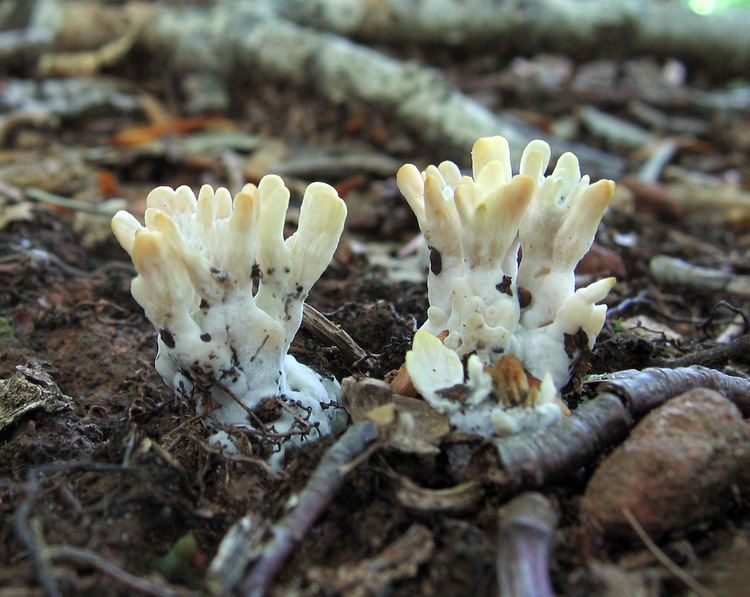Kingdom Fungi Family Sebacinaceae Rank Genus | Class Agaricomycetes Phylum Basidiomycota Order Sebacinales | |
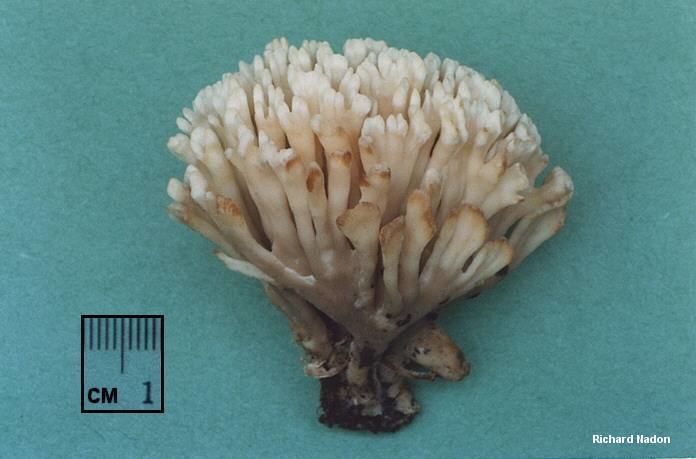 | ||
Similar Sebacinales, Sebacina, Serendipita, Craterocolla, Thelephora anthocephala | ||
Tremellodendron schweinitzii fungi kingdom
Tremellodendron is a genus of fungi in the family Sebacinaceae. Its species are mycorrhizal, forming a range of associations with trees and other plants. Basidiocarps (fruit bodies) are produced on soil and litter. The fruit bodies are clavarioid (club or coral-shaped) and leathery to rubbery-gelatinous. The genus is restricted to the Americas.
Contents
- Tremellodendron schweinitzii fungi kingdom
- History
- Current status
- Description
- Habitat and distribution
- References
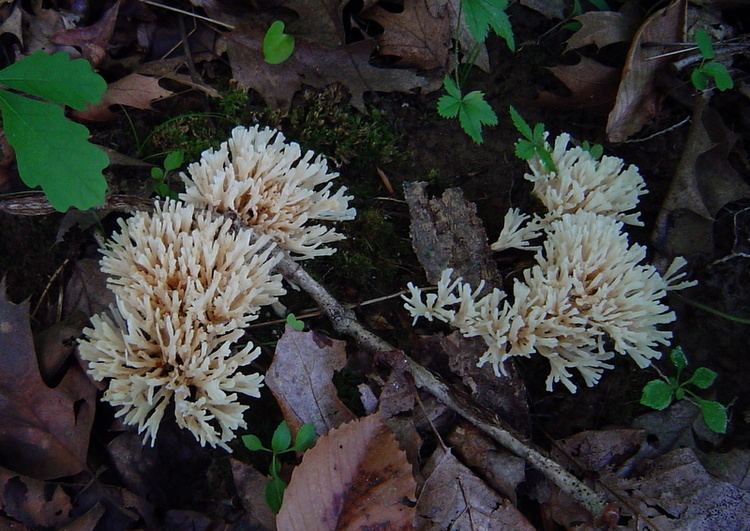
History
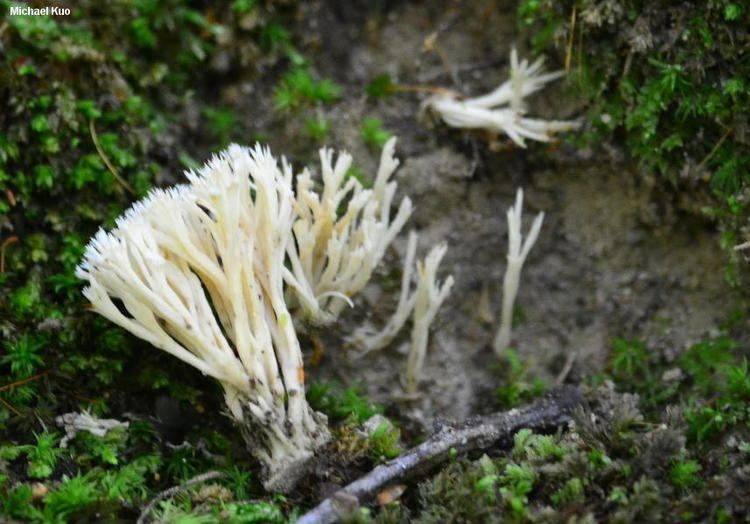
The genus was first published in 1902 by American mycologist George Francis Atkinson who had discovered that two species of branched, coral-like fungi previously referred to Thelephora (Tremellodendron candidum and T. schweinitzii) possessed septate basidia, similar to those found in the genus Tremella. He therefore established Tremellodendron to accommodate branched, Thelephora-like fungi with "tremelloid" basidia. A few additional species were described by subsequent authors. Edward Angus Burt, who monographed the genus in 1915, placed Tremellodendron within the Tremellaceae. It remained in this family until 1992, when it was transferred to the newly established Sebacinaceae.
Current status
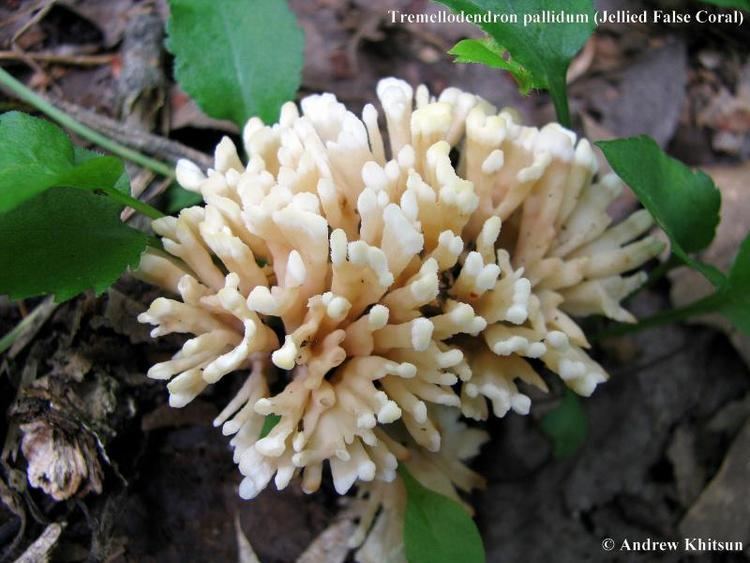
Molecular research, based on cladistic analysis of DNA sequences, has supported the placement of Tremellodendron within the Sebacinaceae. It has, however, also shown that the genus is polyphyletic and may not be distinct from the genus Sebacina.
Description
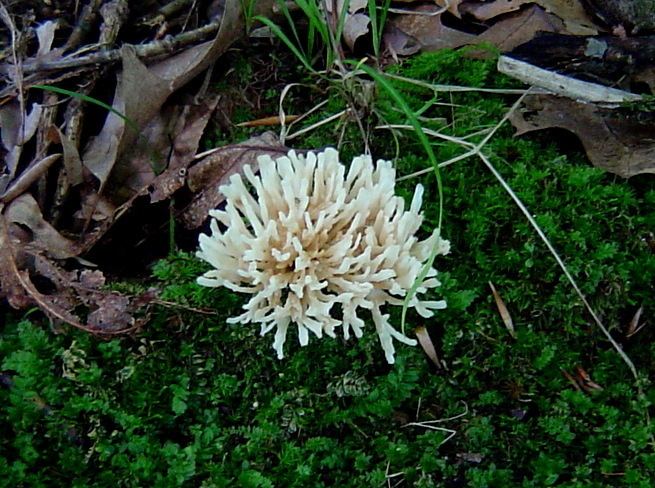
Fruit bodies are typically densely branched, the branches erect and leathery to rubbery-gelatinous. In some species the branches tend to fuse together. Colours range from whitish or ochre to brown or reddish brown. Spores are white in mass. Microscopically, the fruit bodies are composed of hyphae lacking clamp connections in a gelatinous matrix. The spore-bearing surface is initially covered in a layer of weakly branched hyphidia below which the basidia are formed. The basidia are tremelloid (ellipsoid and vertically septate), giving rise to long, sinuous sterigmata or epibasidia on which the basidiospores are produced. These spores are ellipsoid to oblong, smooth, and colourless.
Habitat and distribution

Tremellodendron species were assumed to be saprotrophic until DNA analysis of mycorrhizal roots showed that they were plant associates. They are now known to be ectomycorrhizal associates of forest trees. Species are confined to eastern North America, Central America, the Caribbean islands, and South America.
